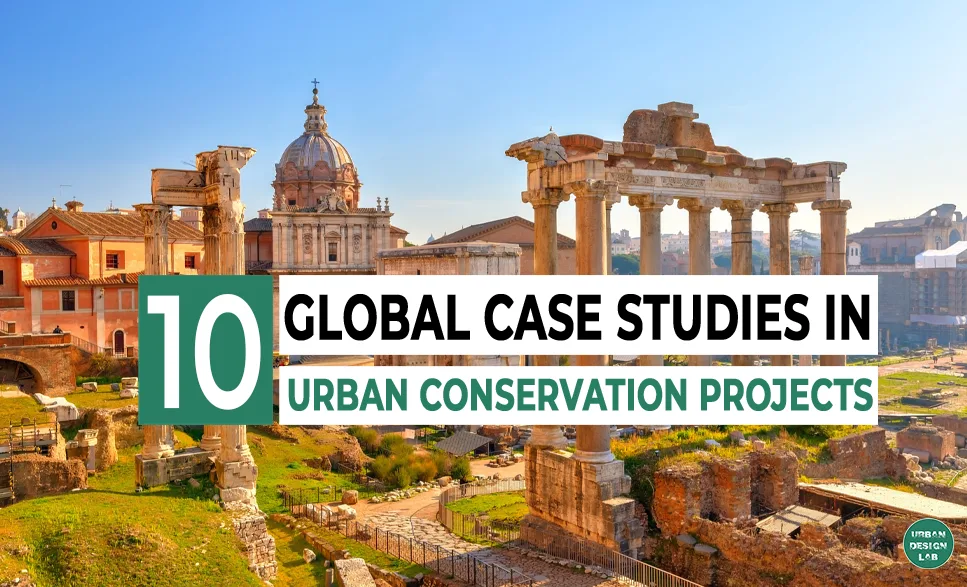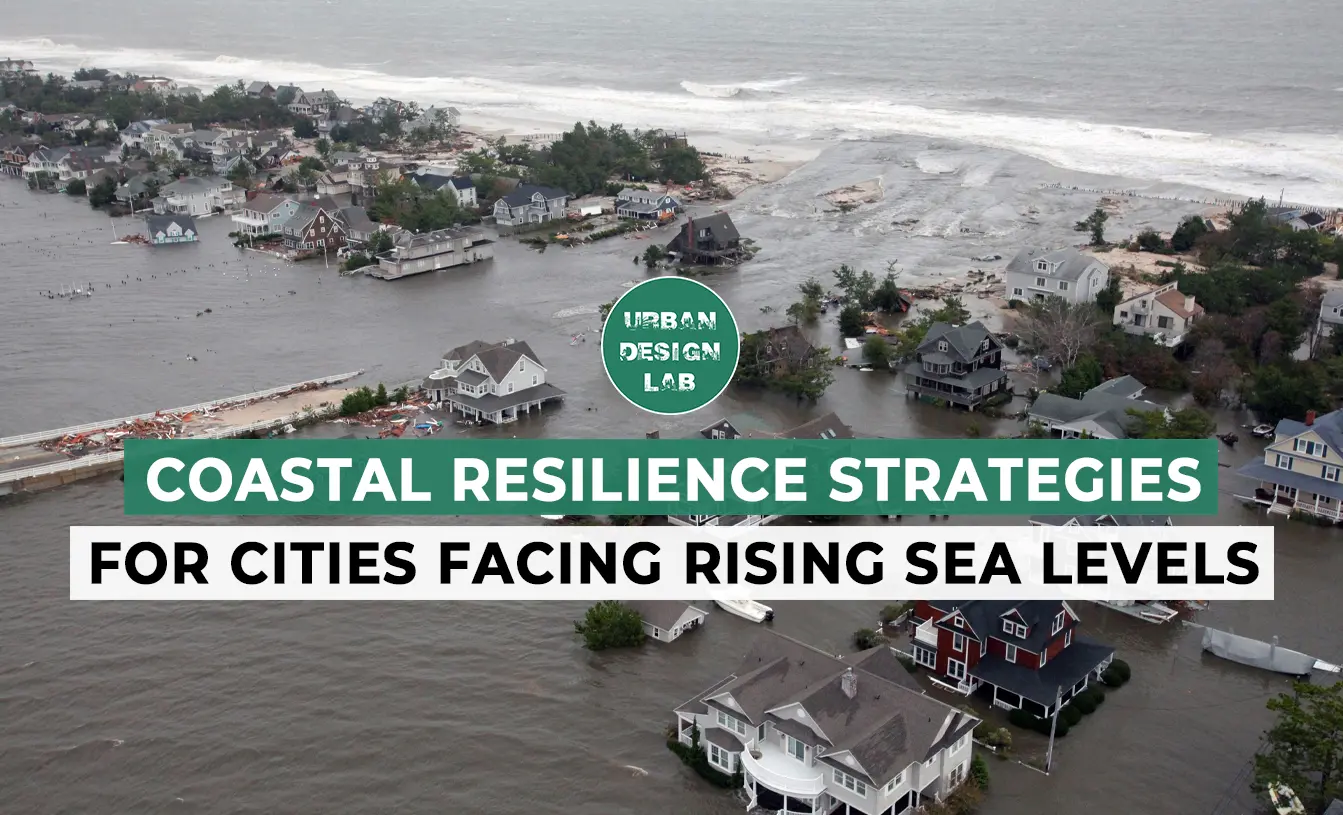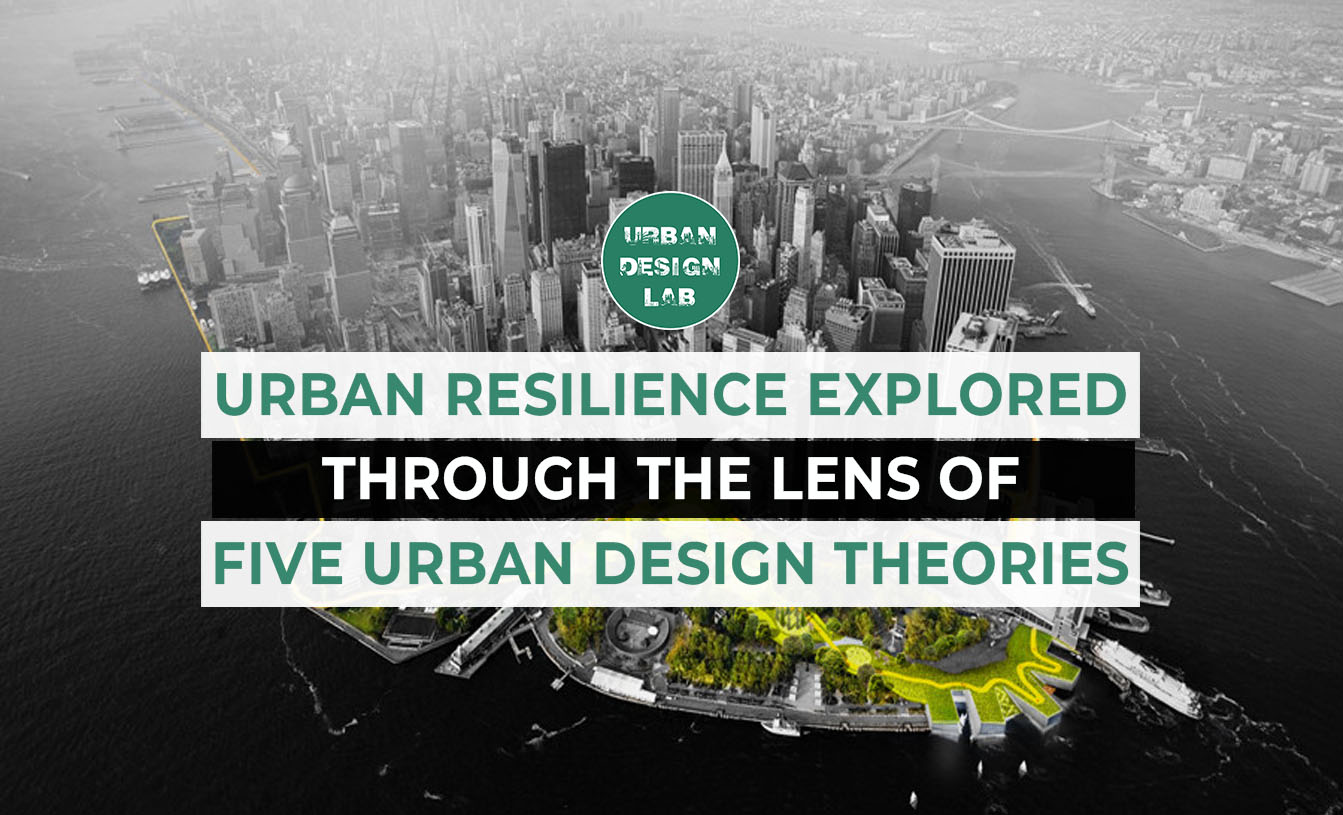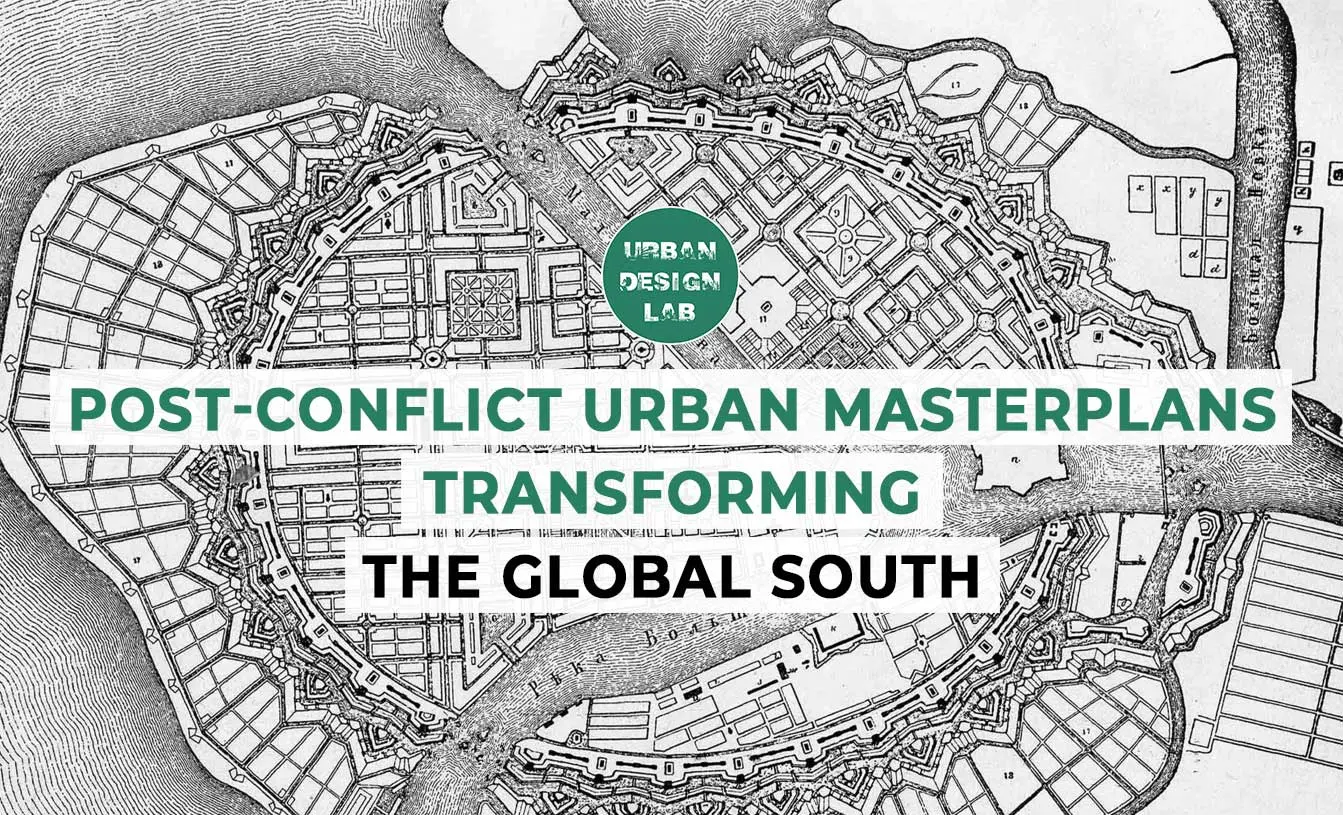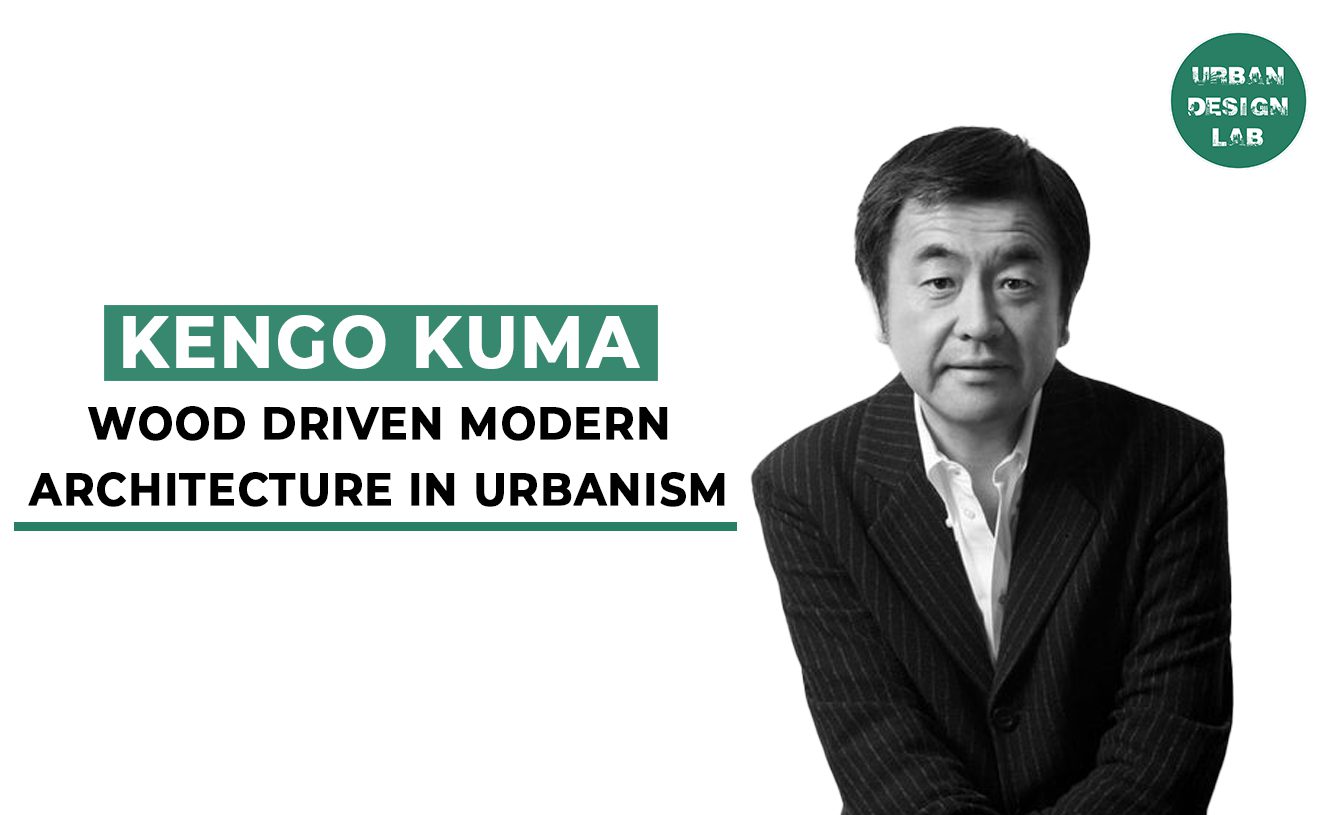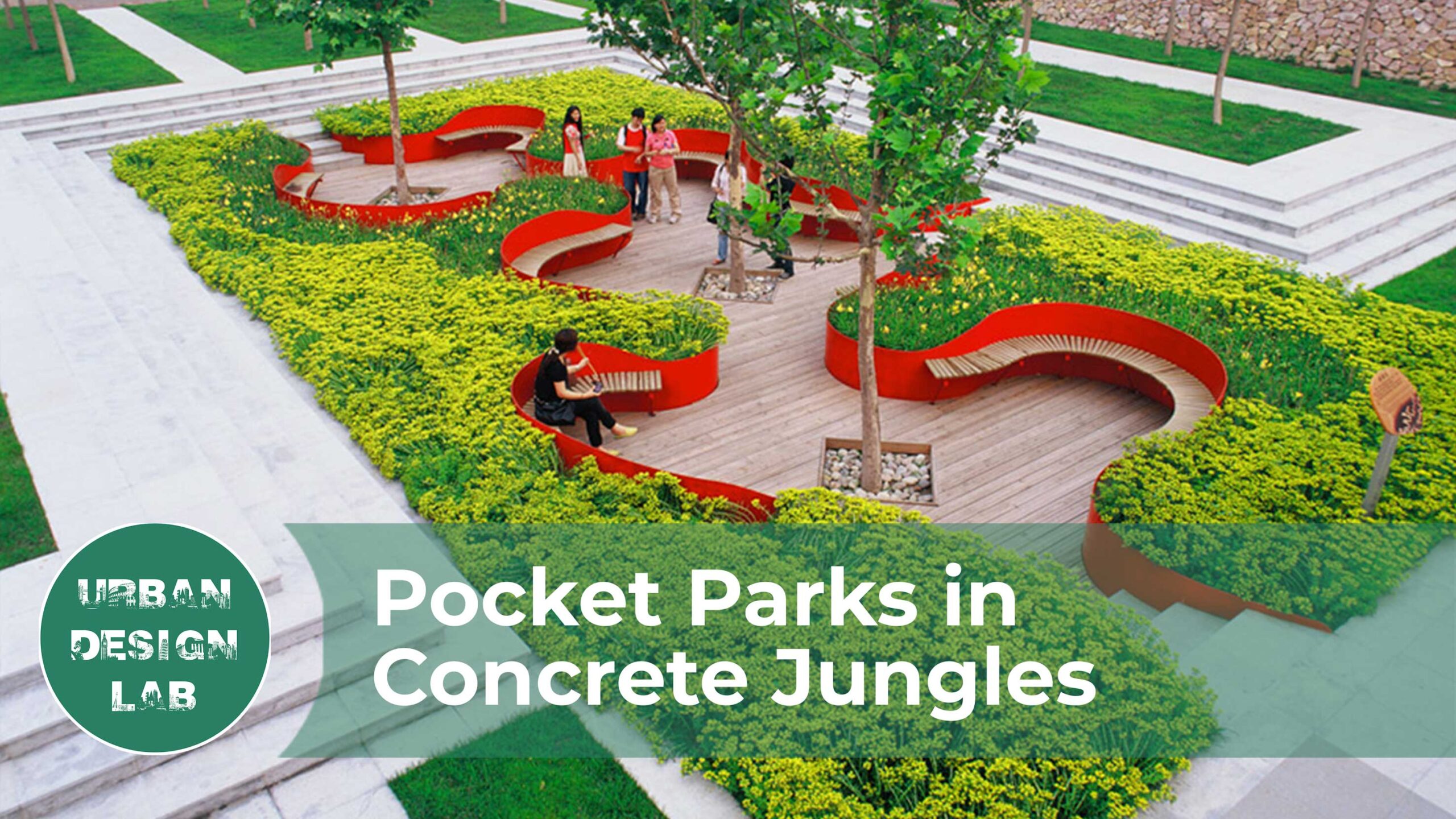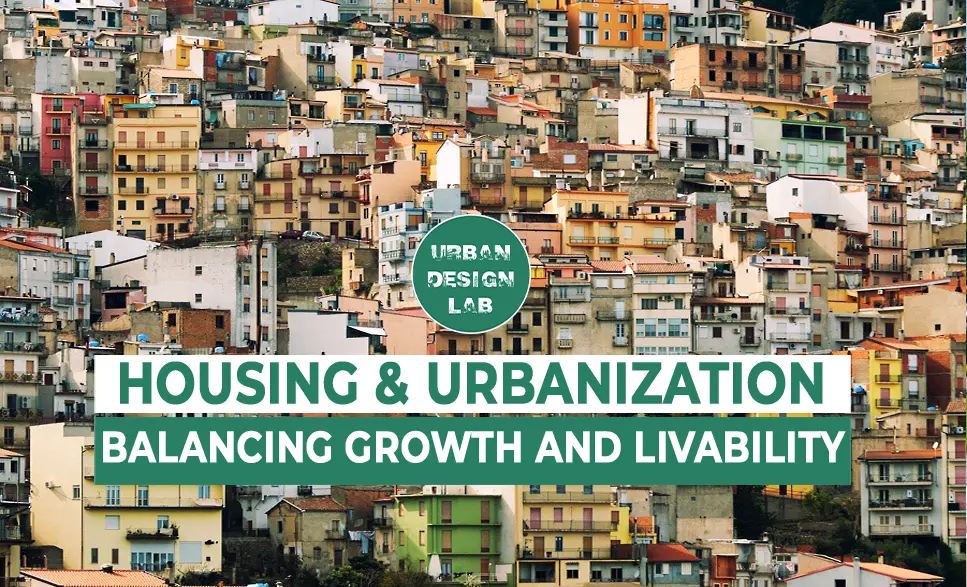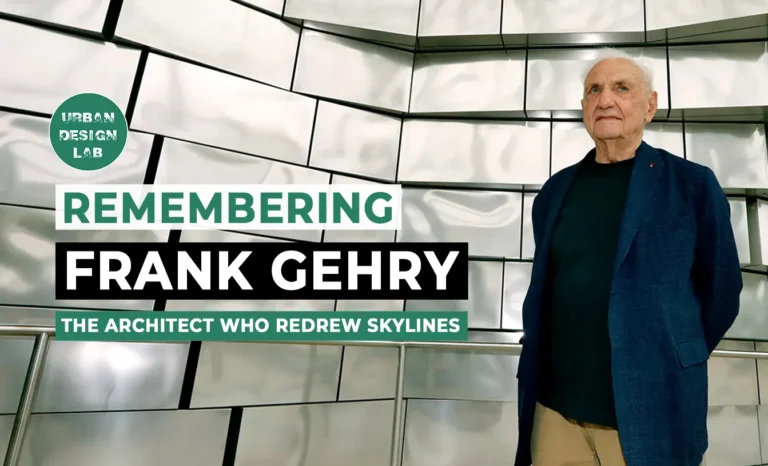
Book Review: Sustainable Urbanism by Douglas Farr

“Sustainable Urbanism: Urban Design with Nature” by Douglas Farr is a pivotal work that outlines a comprehensive framework for sustainable urban development. Farr emphasizes the urgent need for cities to adopt sustainable practices to address environmental challenges, population growth, and urban sprawl. The book is divided into four parts: Introduction, Framework for Sustainable Urbanism, Implementing Sustainable Urbanism, and Case Studies and Conclusion. Core themes include the integration of natural systems with urban design, promoting biophilic design, and creating compact, walkable communities that reduce automobile reliance.
Farr advocates for higher density development that supports public transportation and fosters social interaction. Sustainable infrastructure is another key focus, highlighting green buildings, renewable energy, and water conservation. Farr also stresses social equity, advocating for inclusive urban planning, affordable housing, and community engagement. The book introduces the Transect framework for organizing urban environments, the LEED-ND rating system for sustainable urban development, and explores principles of smart growth and New Urbanism. Overall, the book serves as an invaluable resource for urban planners, architects, policymakers, and citizens aiming to create sustainable and equitable cities.
Overview of the Book
Douglas Farr is an influential architect and urban designer known for his work in sustainable urbanism. He advocates for integrating natural systems into urban design to create environmentally resilient, walkable communities. His contributions include developing frameworks like the Transect and promoting the LEED for Neighborhood Development (LEED-ND) rating system. Farr’s insights emphasize the importance of social equity and community engagement in urban planning, making him a key figure in the movement for sustainable, inclusive cities.
“Sustainable Urbanism: Urban Design With Nature” by Douglas Farr is an innovative work that presents a comprehensive vision for the future of urban design. It addresses the urgent need for cities to adopt sustainable practices in response to environmental challenges, population growth, and urban sprawl. Farr’s book is a call to action for urban planners, architects, policymakers, and citizens to embrace a holistic approach to urban development that harmonizes with nature.
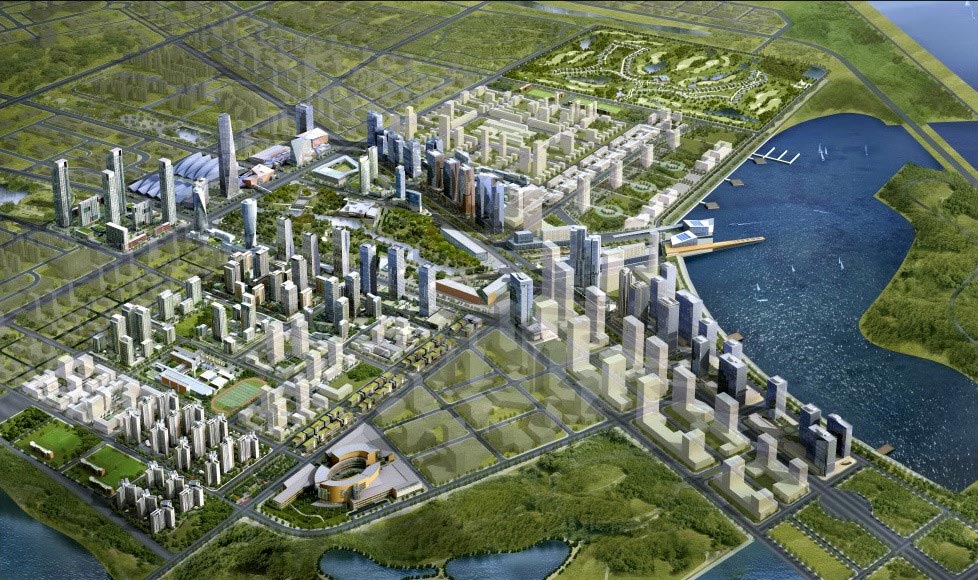
Understanding Sustainable Urbanism
Farr defines sustainable urbanism at the outset and explains its guiding ideas and goals. Along with introducing important ideas like biophilic design and compact, walkable communities, he places a strong emphasis on the integration of natural systems with urban design. Farr talks about the social and environmental advantages of sustainable urbanism, such as increased public health and community cohesiveness, as well as decreased greenhouse gas emissions and better air and water quality. Also taking the example of America, he intends to convey how urban spaces impact the human lifestyle, either directly or indirectly.
The second chapter introduces the Transect, a framework for understanding the different types of urban environments, from rural to urban. Farr explains how the Transect can be used to guide sustainable urban development by promoting higher density, mixed-use development in urban areas and preserving natural and agricultural lands in rural areas. He discusses the importance of creating a balanced and integrated urban fabric that supports sustainable transportation and land use patterns.
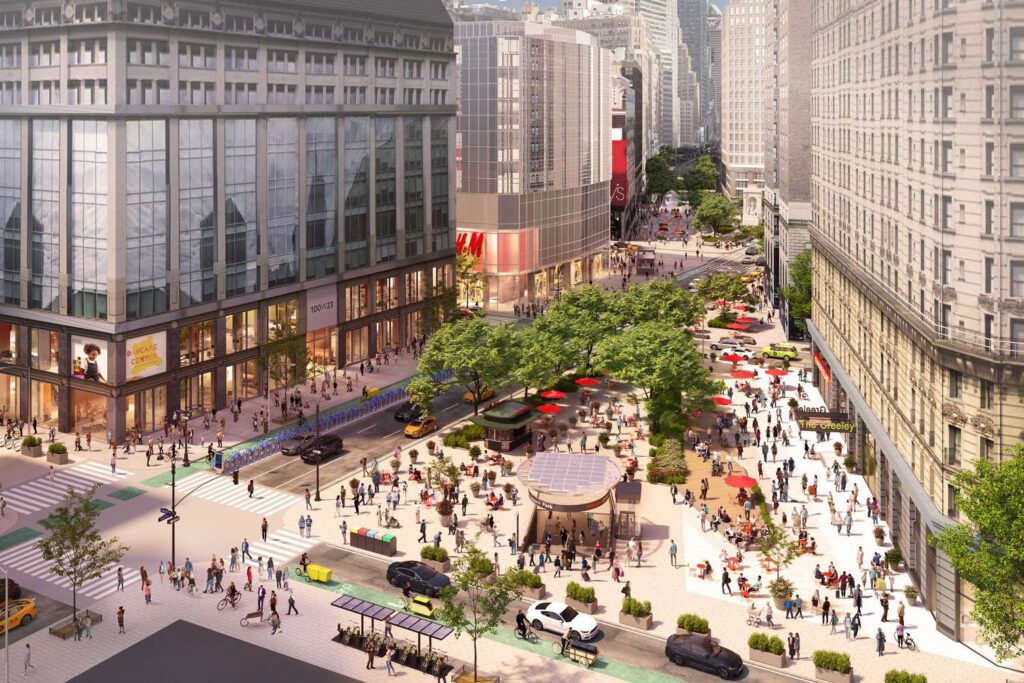
Source: Website Link
Implementing the practice
In the third chapter, Farr explores the LEED for Neighborhood Development (LEED-ND) rating system, which provides a standard for evaluating the sustainability of urban developments. He explains the criteria used in the LEED-ND rating system, including smart location and linkage, neighborhood pattern and design, and green infrastructure and buildings. Farr discusses the benefits of using the LEED-ND rating system to guide sustainable urban development and provides examples of successful LEED-ND projects.
The fourth chapter delves into the principles of smart growth and New Urbanism, two movements that have significantly influenced sustainable urbanism. Farr explains how smart growth promotes higher density, mixed-use development, and sustainable transportation options, while New Urbanism focuses on creating walkable, human-scaled communities. He discusses the synergies between these movements and sustainable urbanism and provides examples of successful smart growth and New Urbanism projects.
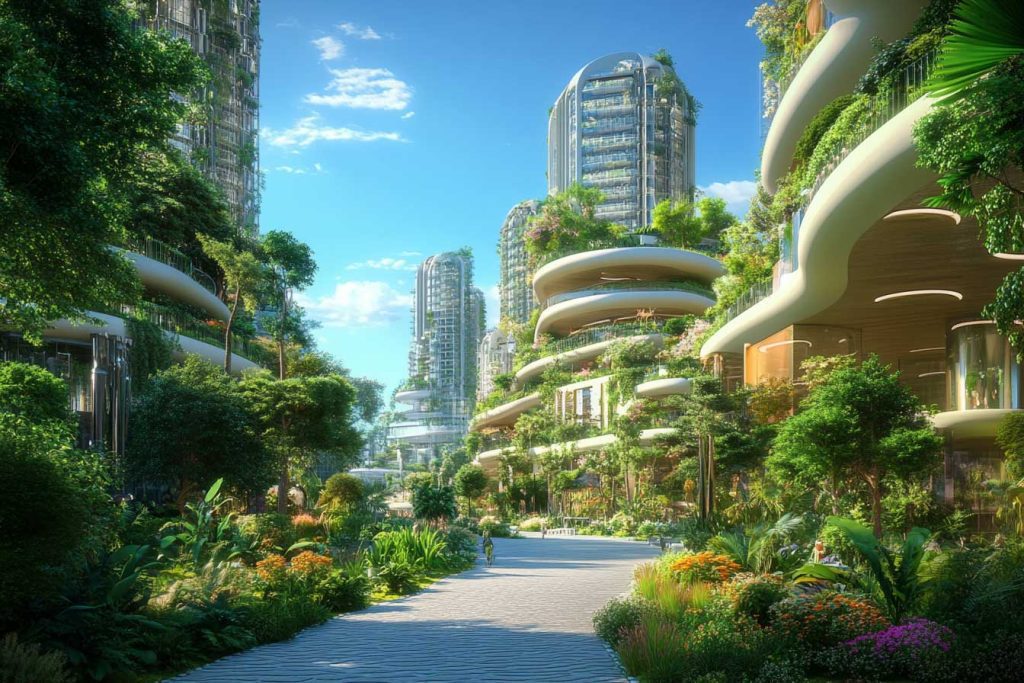
Source: author
Exploring thresholds of Sustainable Urbanism
1. Ecological Urbanism
Farr introduces ecological urbanism, emphasizing the integration of natural systems into urban design. Benefits include improved biodiversity, enhanced ecosystem services, and increased resilience to climate change. Examples include green infrastructure projects like green roofs, bioswales, and urban forests.
2. Designing for Density
Farr highlights the importance of designing for density to create compact, walkable communities. Benefits include reduced greenhouse gas emissions, improved public health, and enhanced social interaction. Strategies include mixed-use development, access to public transportation, and pedestrian-friendly streetscapes.
3. Sustainable Transportation
Farr emphasizes reducing automobile reliance and promoting alternative transportation modes like walking, cycling, and public transit. Strategies include transit-oriented development, complete streets, and bike-sharing programs. He provides examples of cities with successful sustainable transportation initiatives and discusses their environmental and public health benefits.
4. Social Equity and Community Engagement
Farr emphasizes that sustainable urbanism must include social equity and community engagement. Strategies for promoting social equity include affordable housing, access to public services, and creating accessible public spaces. He stresses involving residents in planning to ensure their voices are heard and needs met. He explores technologies like passive solar design, green roofs, and energy-efficient appliances. Sustainable infrastructure, including renewable energy, water conservation, and waste management, is also covered.
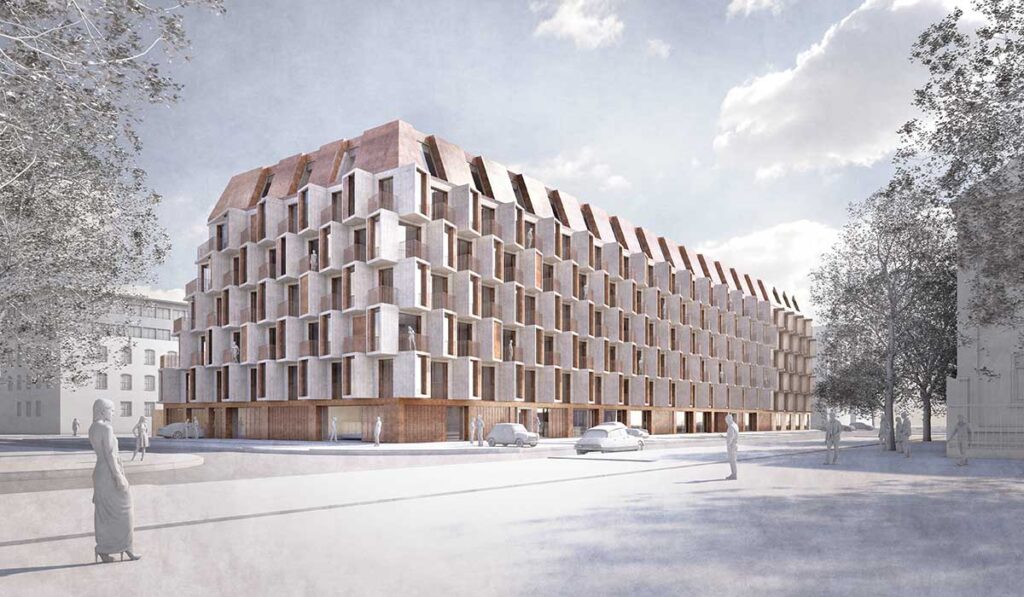
Sustainable Urbanism: Case Studies
In the last two chapters, Farr provides practical guidance on how to implement the principles of sustainable urbanism in real-world projects. He covers a wide range of topics, from site selection and land use planning to transportation and infrastructure design. Farr offers detailed case studies of successful sustainable urbanism projects, showcasing innovative solutions and best practices. He also addresses the challenges and barriers to implementation, such as regulatory constraints, financial limitations, and political resistance, and provides strategies for overcoming these challenges.
The final chapter presents a series of in-depth case studies of sustainable urbanism projects from around the world. These case studies illustrate the diverse approaches to sustainable urbanism and highlight the successes and lessons learned from each project. Farr concludes the book with a call to action, urging readers to take an active role in promoting sustainable urbanism in their communities.
Along with introducing important ideas like biophilic design and compact, walkable communities, he places a strong emphasis on the integration of natural systems with urban design. Farr talks about the social and environmental advantages of sustainable urbanism, such as increased public health and community cohesiveness, as well as decreased greenhouse gas emissions and better air and water quality.
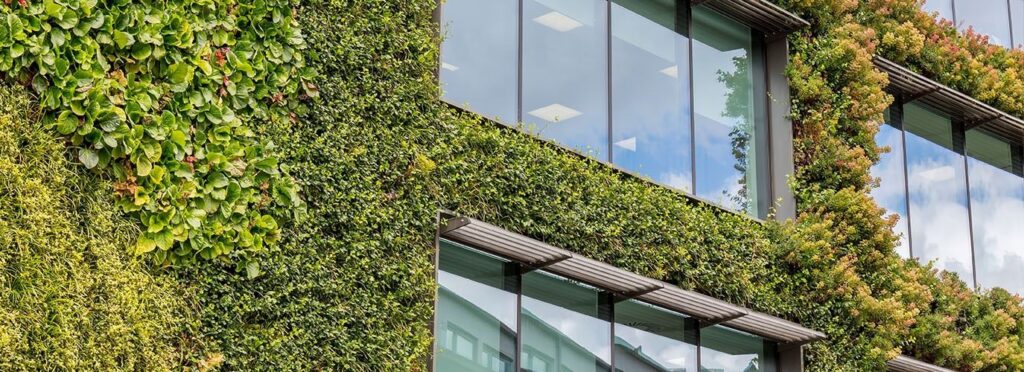
Core themes of the book
1. Integration of Nature and Urban Design
Farr argues that cities must be designed to function as part of the natural environment, rather than in opposition to it. He advocates for biophilic design, which enhances the connection between people and nature, leading to improved mental and physical health.
2. Compact and Connected Communities
Farr emphasizes the importance of creating compact, walkable communities that reduce the reliance on automobiles. Farr introduces the concept of “urban villages,” which are self-sufficient neighborhoods that provide a mix of residential, commercial, and recreational spaces within walking distance.
3. Sustainable Infrastructure
Farr highlights the role of green buildings, renewable energy, and water conservation in creating sustainable cities. He explores various technologies and design strategies that can be used to reduce energy consumption, such as passive solar design, green roofs, and energy-efficient appliances
4. Social Equity and Community Engagement
Farr stresses the need for inclusive urban planning that considers the needs of all residents, regardless of their socioeconomic status. Community engagement is a key aspect of sustainable urbanism, and Farr highlights the importance of involving residents in the planning process to ensure that their voices are heard and their needs are met.

Source: author
Conclusion
Douglas Farr’s comprehensive and inspirational book “Sustainable Urbanism: Urban Design With Nature” provides a workable framework for developing sustainable communities. Farr’s book is both inspirational and useful; it offers insightful advice, practical tips, and real-world examples that will motivate and direct residents, architects, lawmakers, and urban planners. The book has certain drawbacks, such as an excessive emphasis on technological fixes and a narrow focus on governance and policy, but overall, its advantages exceed its disadvantages. For anyone interested in sustainable urbanism, Farr’s “Sustainable Urbanism: Urban Design With Nature” is an excellent resource because of its comprehensive approach, practical assistance, and engaging writing style. All things considered, Farr’s book serves as a wake-up call for all of us to reconsider how we plan and construct our cities. It pushes us to adopt an all-encompassing strategy for urban development that balances with the environment and advances the welfare of every inhabitant. In light of the urgent issues of population expansion, urban sprawl, and climate change, “Sustainable Urbanism: Urban Design With Nature” offers a forward-thinking and doable road map for building a more just and sustainable future.
References
Stevens, Prof & Plowright, Philip & Adhya, Anirban. (2010). Defining Sustainable Urbanism: towards a responsive urban design.
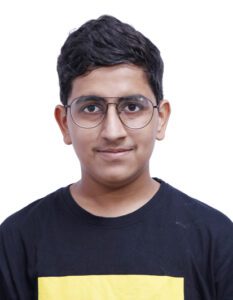
Kartikeya Mishra
About the author
Kartikeya Mishra is an undergraduate student working towards a Bachelor’s degree in Urban and Regional Planning at the School of Planning and Architecture, Bhopal. He is particularly passionate about various urban planning domains, including climate change, urbanism concepts, road safety, and urban design. In addition to his academic pursuits in urban planning, Kartikeya is also an accomplished graphic designer and photographer. His multidisciplinary interests allow him to approach urban planning challenges with a creative and holistic perspective, blending technical knowledge with artistic sensibility.
Related articles

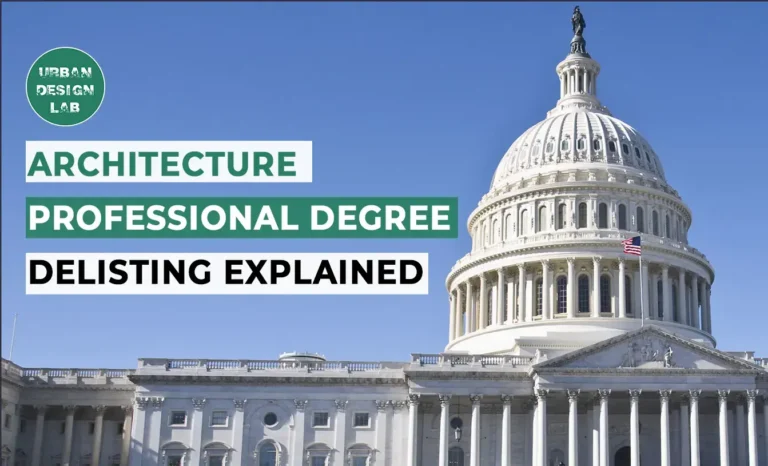
Architecture Professional Degree Delisting: Explained
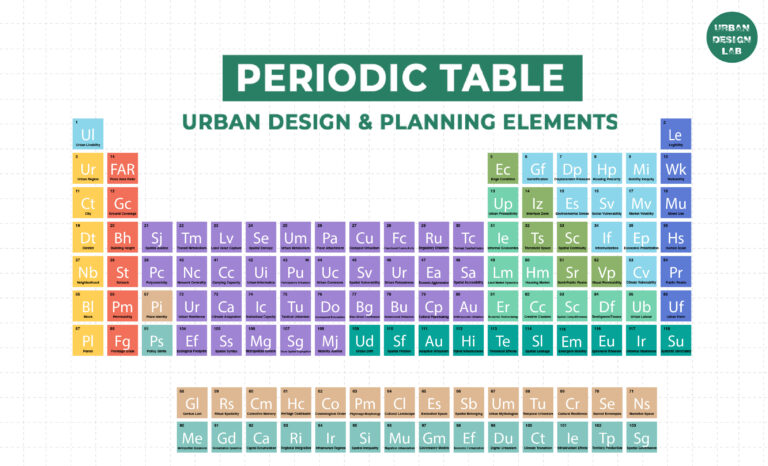
Periodic Table for Urban Design and Planning Elements
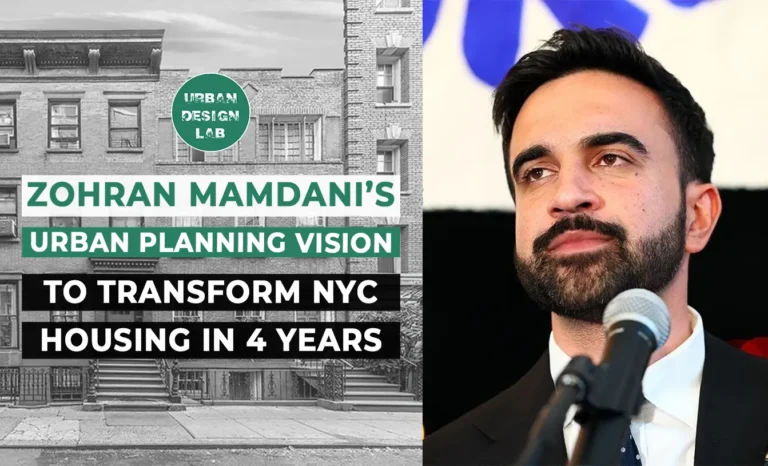
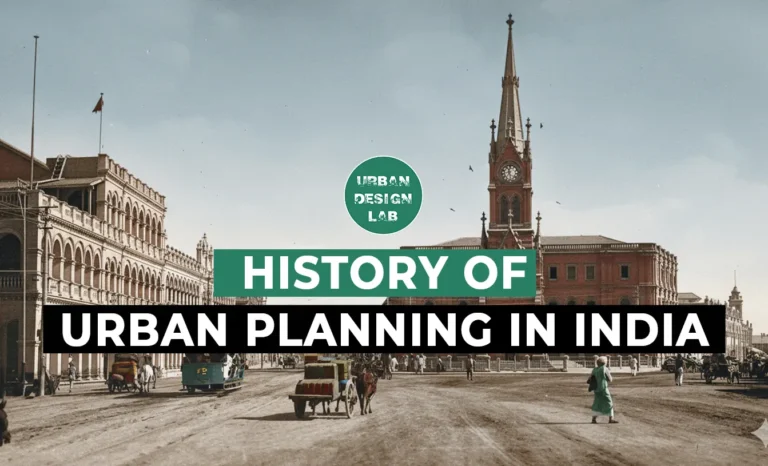
History of Urban Planning in India
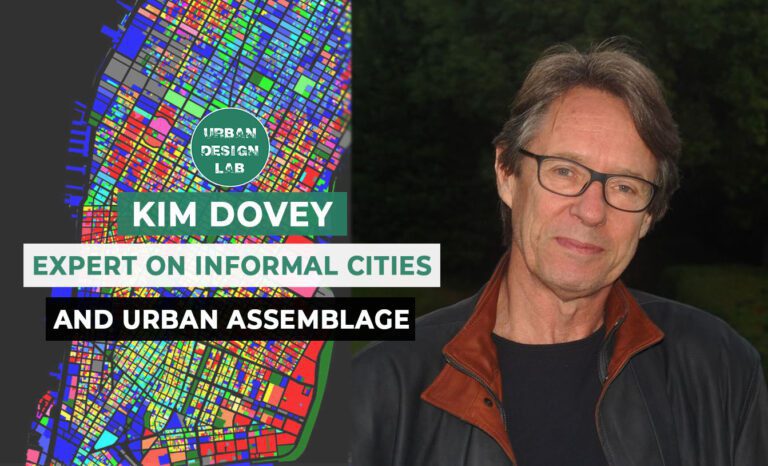
Kim Dovey: Leading Theories on Informal Cities and Urban Assemblage
UDL Illustrator
Masterclass
Visualising Urban and Architecture Diagrams
Session Dates
17th-18th January 2026

Urban Design Lab
Be the part of our Network
Stay updated on workshops, design tools, and calls for collaboration
Curating the best graduate thesis project globally!

Free E-Book
From thesis to Portfolio
A Guide to Convert Academic Work into a Professional Portfolio”
Recent Posts
- Article Posted:
- Article Posted:
- Article Posted:
- Article Posted:
- Article Posted:
- Article Posted:
- Article Posted:
- Article Posted:
- Article Posted:
- Article Posted:
- Article Posted:
- Article Posted:
Sign up for our Newsletter
“Let’s explore the new avenues of Urban environment together “






























